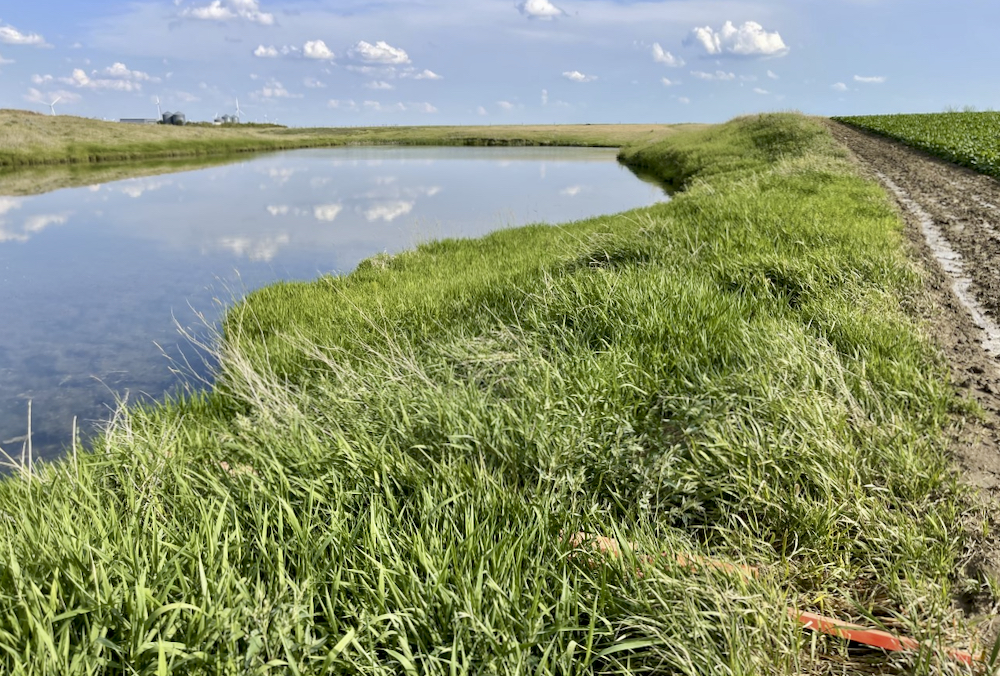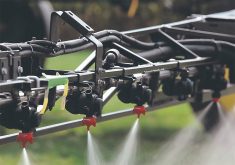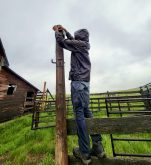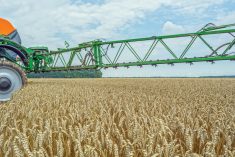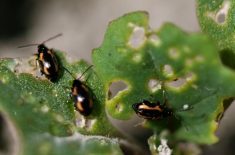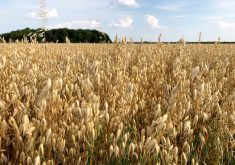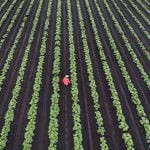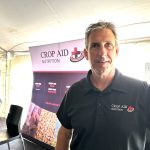Alberta farm groups have done their homework to prove that farmers are good stewards of the province’s watersheds.
Using an independent testing company and lab, the project extensively sampled 15 watersheds in central and southern Alberta for a panel of 129 pesticides. No instances of pesticide residues above prescribed limits were found.
Team Alberta Crops, a coalition of eight farm commissions, got the $1.5-million project off the ground to prove farmers’ commitment to environmental sustainability, said project technical liaison Nevin Rosaasen.
Read Also
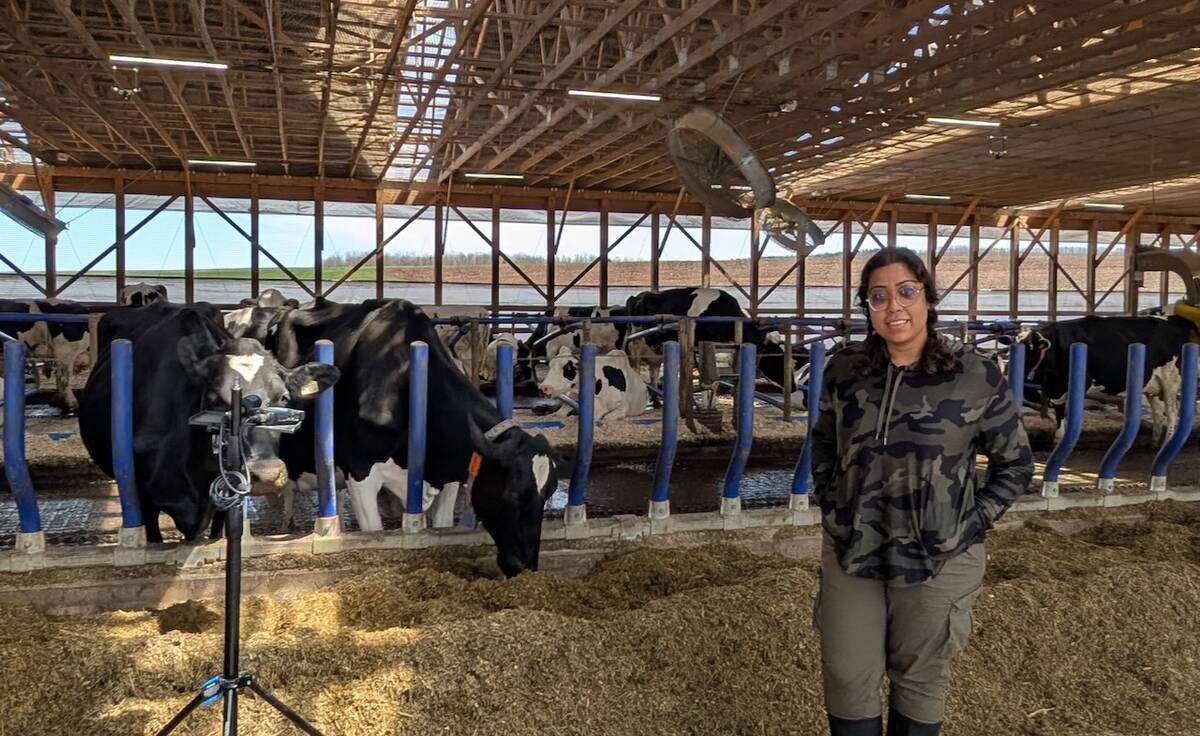
Moo translator and methane measures: There’s an app for that
Dalhousie University researchers use artificial intelligence to create new dairy farm apps that analyze cattle sounds and measure methane.
“Farmers decided they wanted to fund this work because they understand that functioning ecosystems are their bread and butter,” said Rosaasen, who also farms in Saskatchewan. “Without pollinators and other beneficial insects their crop yields will drop.”
The other major benefit is that there is now real-life data on these watersheds for the Pest Management Regulatory Agency to use when making regulatory decisions on pesticides. Data from the project, which just finished its second year, will be presented to the federal agency and considered for inclusion in a national water monitoring framework the regulator is developing in cooperation with farm groups.
Having validated data is critical in pesticide registrations and reviews, said Rosaasen.
“The PMRA will model worst-case scenarios if they don’t have real-world data.”
[RELATED] Sask farmers, ranchers get cash for water management
And the threat of farmers losing a chemistry important to their operations is real because the PMRA’s limits of detection for pesticides are extremely small, he added.
“We’re talking parts per billion and in some instances even parts per trillion.”
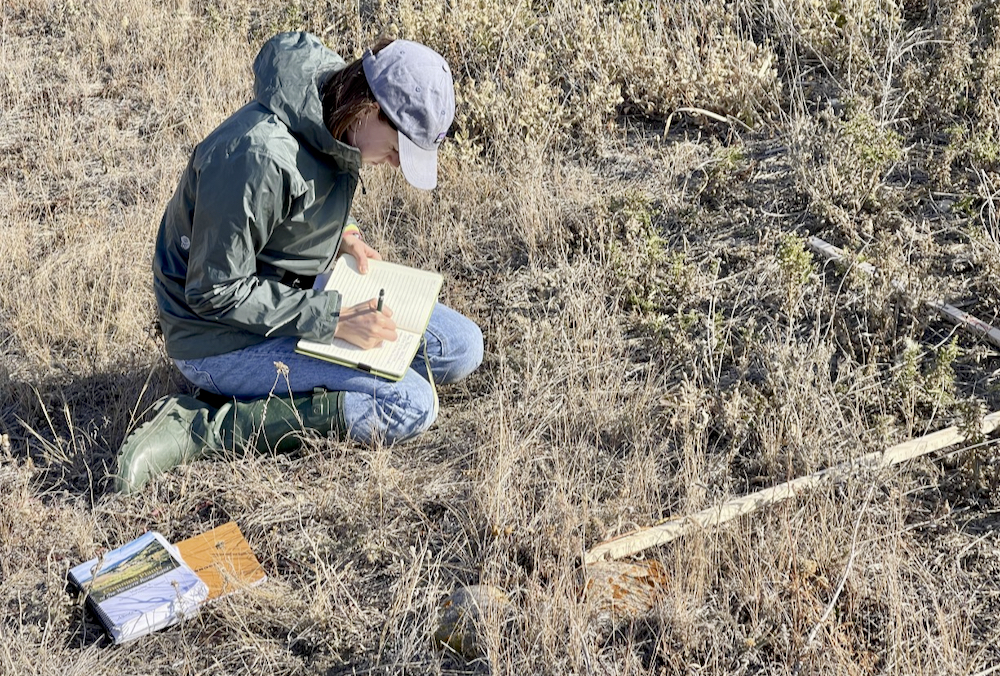
Pesticides undergo a re-evaluation by the federal agency within 15 years of initial registration or the most recent major decision affecting the registration. Special assessments are triggered if a country in the European Union or one of the 38 members in the Organization for Economic Co-operation and Development bans a pesticide.
A headline-making example of this was the group of pesticides known as neonics, which are used for seed treatment of canola.
“Back in 2016, the PMRA proposed the phase-out of neonicotinoid insecticide seed treatments because, according to their models, it posed a risk to aquatic invertebrates,” said Rosaasen. “So if the agricultural sector couldn’t have generated data from watersheds showing there were no concentrations of these active ingredients at levels that would pose a risk, we would have lost that tool in our toolbox.”
[RELATED] Health Canada steps back from bans on two neonics
The worst-case scenario
“We did that based on use patterns,” he said. “What are the common herbicides, insecticides, fungicides used? Are they important to farmers and are they also up on the PMRA’s re-evaluation schedule?
“So we looked seven years out on the chemistries that the PMRA had upcoming for a re-evaluation. We also generated our own list of 60 priority pesticides, all of which are up for re-evaluation.”
The products sampled reached beyond those commonly used in Alberta, said Rosaasen.
“Since the machine can detect multiple active ingredients, we said we might as well monitor for all of them since it’s no extra cost.”
When choosing watersheds, the group’s goal was to sample in theoretical worst-case scenarios. It chose the South Saskatchewan and Milk River basins largely because their vegetative filter strips (essentially the vegetation around a wetland that can protect surface water from pesticide runoff) did not contain the robust material seen further north.
“Down in the southern part of the province it’s very difficult to get trees to grow, let alone willows, in the vegetative filter strips,” Rosaasen noted. “So we see predominantly grass, hedges, rushes and cattail species. As you move further north, you see more willows, poplar and other trees in those vegetative filter strips which helps mitigate spray drift from nozzles.”
If a worst-case scenario was what they were looking for, they got more than they bargained for.
“We started off with 10 wetlands. At the end of the season we had four left because of the extreme drought. Some of those wetlands hadn’t been dry for 30, 40 or 50 years. This year we went back to two of those wetlands, which recharged briefly, and took samples. That would be kind of a worst-case scenario where you have an extreme dry event followed by a recharge.”
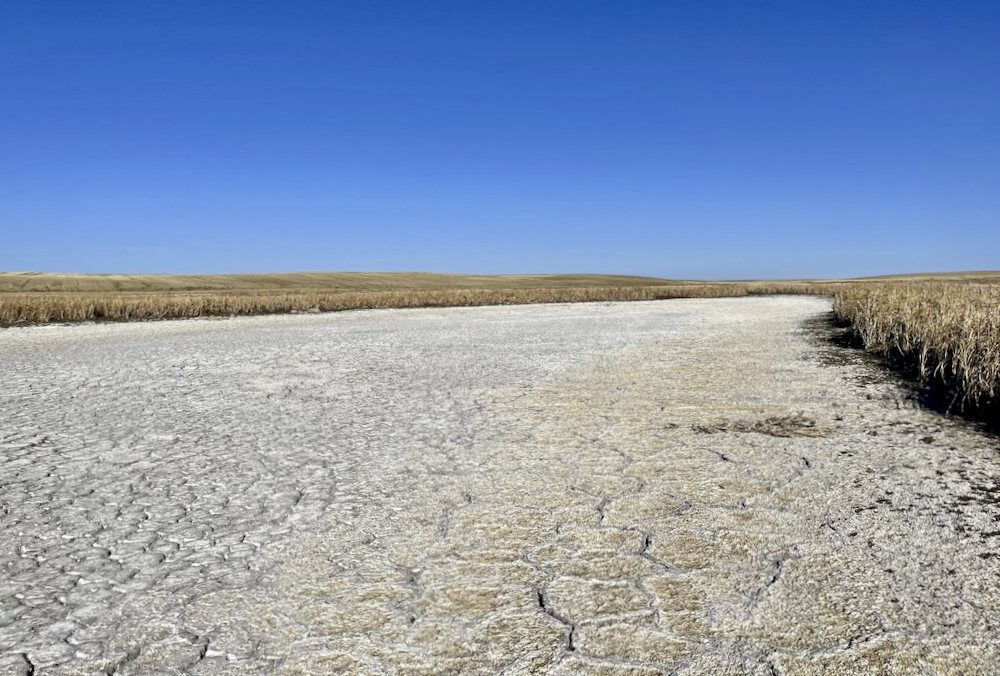
Despite the extreme conditions, they still did not detect pesticide concentrations at or above acceptable levels.
“We were still fortunate to see no measured concentrations of those acute and chronic thresholds,” said Rosaasen.
Deciding on the right timing and frequency of sampling was essential to getting dependable results.
“We actually took nine samples throughout the growing season. One was done after snow melts because that recharges not only our watersheds but our tributaries. That could capture any pesticides that were tied up in vegetation and might enter watersheds through runoff.”
The researchers also measured potential toxicity in a wide variety of species identified by PMRA as being at risk from certain herbicides, insecticides and fungicides.
“We have different acute and chronic toxicity endpoints. Acute is a one-time measured level that would be an acute impact on those receptor species that the PMRA has determined. Chronic would be a concentration over time. So we need more frequent sampling than just a single sample throughout the season.”
Receptor species are defined largely by what the crop protection product may potentially target.
“For a herbicide, it might be aquatic plants or algae,” said Rosaasen. “For an insecticide, it could be aquatic invertebrates or even a bird or mammal or fish species. With fungicides, we may have certain receptor species as well.”
An independent third party, Calgary environmental consultants Millennium EMS Solutions, was hired to take the samples, with InnoTech Alberta in Vegreville doing the lab work.
“A very robust sampling protocol was built and is followed, which also makes sure the data that is generated is signed off by other professional biologists or agronomists.”
Rosaasen and his team also collected ancillary data such as the height and width of vegetative filter strips plus the diversity of species within them.
“If we were to have a problematic result from a lab, we could go back and look at the vegetative filter strip and see if it has sufficient diversity among its species,” he said. “It allows us to go back should we have an excess of chronic or acute toxicities.”
Team Alberta Crops is planning a third year for the $1.5-million project.
“We’re not sure if we’re going to keep the exact same 15 wetlands,” said Rosaasen. “We might add five more if we have the budget – maybe more up in the Parkland region.”
Team Alberta Crops is a collaboration of the eight commissions representing wheat, canola, barley, pulse, sugar beet and potato producers as well as beekeepers and seed growers.


